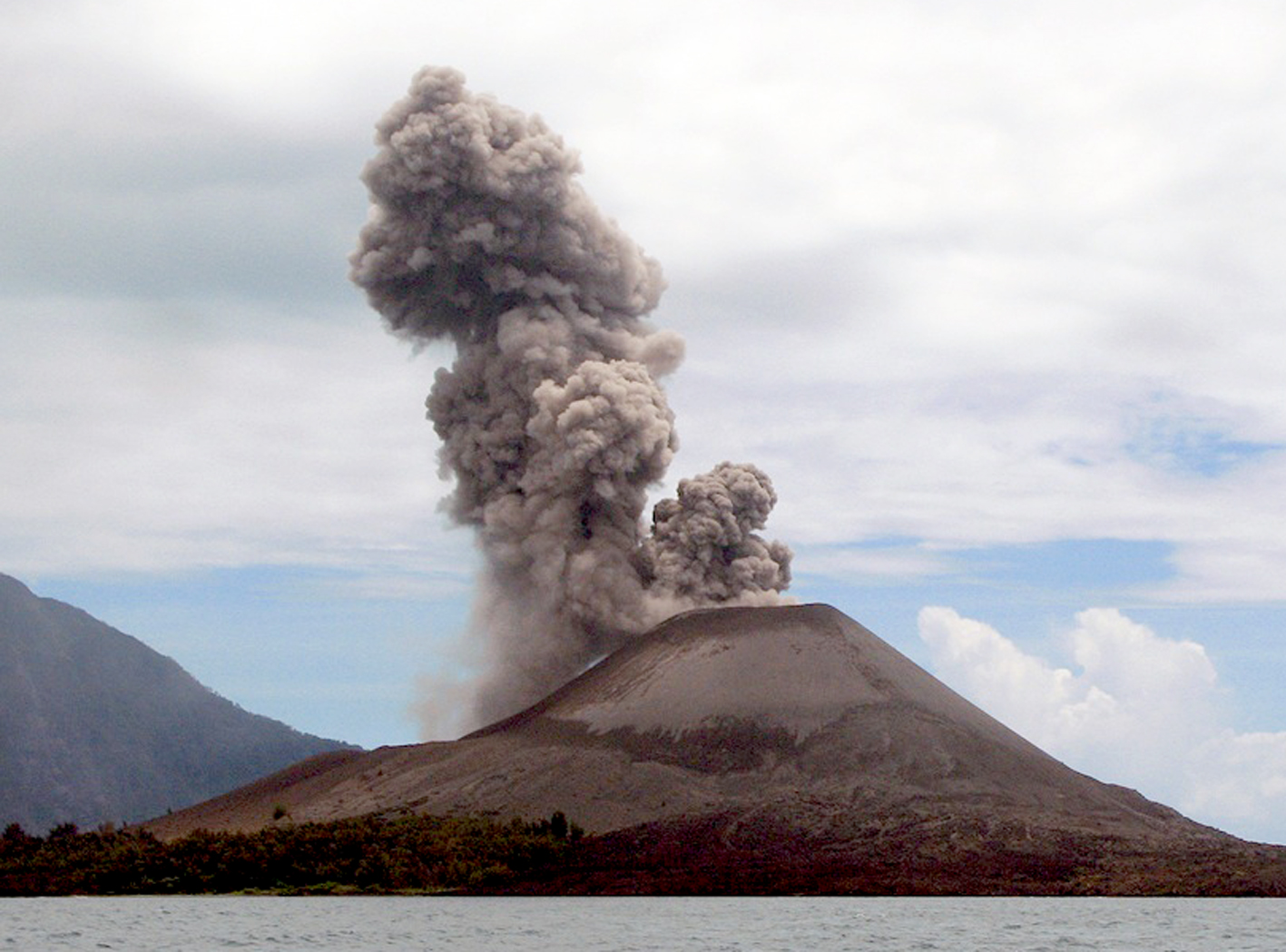"This is a challenge. We should study a volcano's pattern of activity so that we can draw up guidelines to anticipate such a disaster," said Wisnu Wijaya, director of disaster risk reduction at the National Disaster Management Agency (BNPB).
Mount Sinabung volcano in North Sumatra took the country by surprise, bubbling over after 400 dormant years and forcing 30,000 villagers to seek refuge in government-run shelters.
In the early hours of 3 September, Sinabung spewed a column of hot ash 3km into the air in the biggest eruption since 25 and 26 August.
Even though it has the largest number - 129 - of active volcanoes on Earth and a history of devastating volcanic disasters, Indonesia has very few scientists watching these potential hazards.
Disaster risk reduction became more of an issue after the 2004 tsunami, but a lack of official awareness of the importance of volcano monitoring and the potential link between eruptions and earthquakes persists, said Wahyu Triyoso, a geophysicist at Indonesia's Bandung Institute of Technology.
"A major earthquake like in Aceh may have triggered a volcanic surge by waking up dormant volcanoes," Triyoso said, referring to the quake that triggered the 2004 Indian Ocean tsunami, which killed more than 170,000 in Aceh province.
Indonesia sits on a belt of intense seismic activity known as the "Pacific Ring of Fire".
The Sinabung eruption should serve as a wake-up call for authorities to step up the monitoring of volcanoes around the islands, Wijaya said.
Waiting for warning
BNPB chairman Syamsul Maarif said a 2007 law on disaster mitigation required every region to map its vulnerability to disasters, but only a few have complied.
"We keep pushing the local governments to do it," Maarif said. "When a disaster happens, they can't wait for the Jakarta-based BNPB team to arrive there in a short time and they should be able to help themselves before more help comes."
Before the latest eruption, about 10,000 people who had fled the first eruptions had returned to their villages to tend their crops, despite warnings from volcanologists that Mount Sinabung was still dangerous, said BNPB spokesman Priyadi Kardono.
"Some villagers return to their fields during the day to harvest crops and go back to the shelters at night," Kardono said. "As long as they are in the shelters, they are safe."
Surono, director of the Centre for Volcanology and Geological Disaster Mitigation, said he had advised local authorities overnight to order villagers who returned to their homes within a 6km radius of Mount Sinabung to go back to the temporary shelters.
According to the BNPB, two-thirds of the 30,000 who fled the volcano remain in 20 government shelters in Karo as of 3 September.
atp/nb/ds/mw
This article was produced by IRIN News while it was part of the United Nations Office for the Coordination of Humanitarian Affairs. Please send queries on copyright or liability to the UN. For more information: https://shop.un.org/rights-permissions




